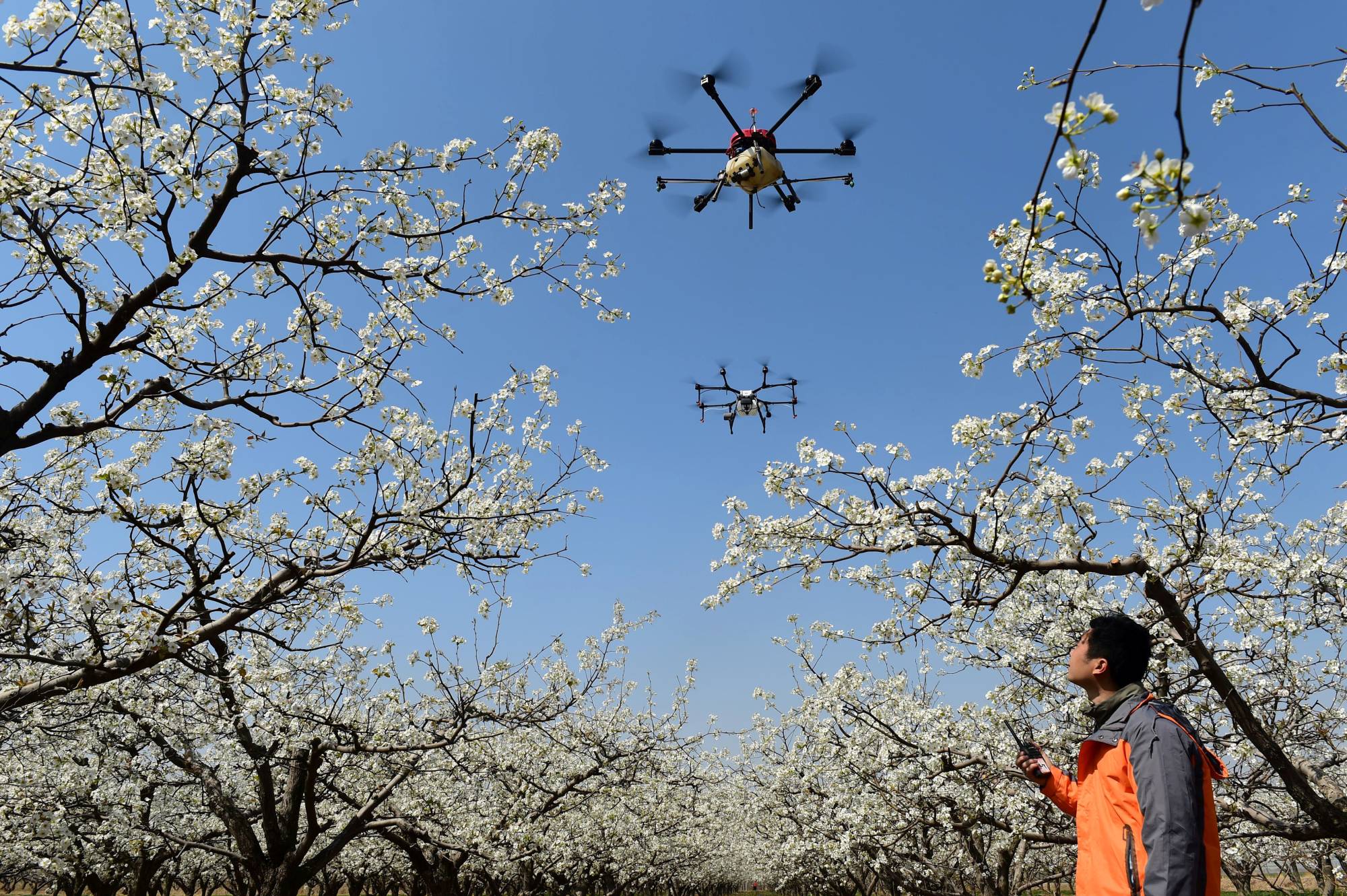Early one recent morning in Vidalia, Georgia, third-generation farmer Greg Morgan launched an AG-230 drone carrying eight gallons of fungicide over a field of sweet onions.
The chemical, which is essential to crop survival in this humid state, would typically be dragged and dripped from a 500-gallon tank behind Morgan’s 10,000-pound tractor. Now it fell in a fine mist from the spray jets of an 80-pound drone scudding 10 feet above his cash crop.
Vidalia Onions are a $150 million local industry that, like peaches, tomatoes and other specialty crops in the Southeast, have become increasingly vulnerable to climate change. Morgan has joined the vanguard of farmers who are turning away from tractors and toward drones as they adapt to the rising cost of chemicals and contend with hotter temperatures, heavier rains, heartier weeds and prolific pests.



















With your current subscription plan you can comment on stories. However, before writing your first comment, please create a display name in the Profile section of your subscriber account page.